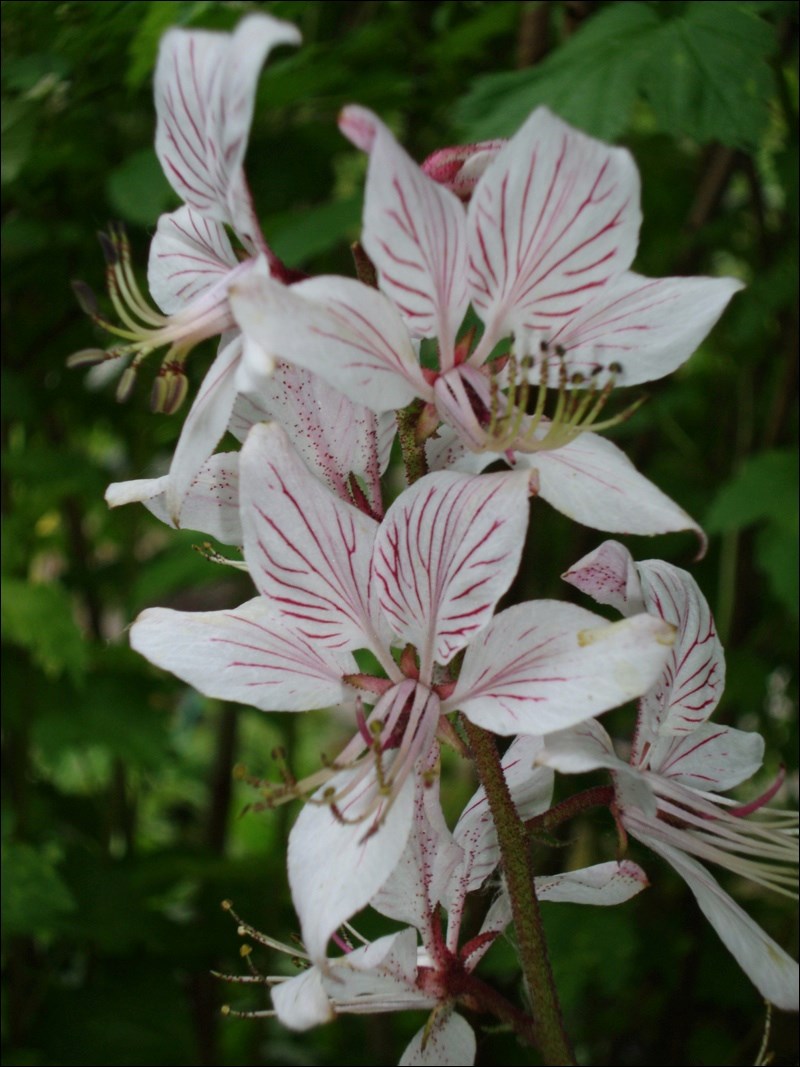When choosing perennials for your garden, keep in mind that perennials have a specific bloom time.
The earliest blooms you can have in your garden are actually bulbs. The tiny, earliest bulbs produce small plants, so plant many close together. Snowdrops, snow crocus, large flowered crocus, Siberian squills, puschkinia or striped squill, and the tiny Tarda tulip are the earliest.
These are soon followed by the larger bulbs, varieties of daffodils and the taller tulips.
Most tulips planted in the open garden will only bloom for a year or two, whereas most daffodils will form larger clumps. Tulips are best planted at the foundation for a longer life.
Daffodils come in variations of solid or two-tone yellow, white and orange, and in large or miniature form.
Grape hyacinths with their bright blue flower spikes are a later small bulb that blooms around the same time as the tulips. All these bulbs and several other small bulbs are planted in the fall for spring bloom. Once planted they stay in the ground to bloom year after year.
While the daffodils are opening, the European crocus Pulsatilla vulgaris are the first perennials to bloom. They look very much like our native crocus with bigger, deeper coloured blooms and a longer bloom season.
Other early spring bloomers are the primroses: Primula auricula, Primula denticulata, Primula veris, and Primula elatior are all hardy for us.
Because common names are often not specific enough or even misleading, if you want the right plant it is best to shop by scientific name, as you can see with the primroses. Where the particular species is not critical I will use common names.
Spring is also the time for lungwort, Pulmonaria officinalis, Bergenia species, leopardsbane, creeping phlox, bearded iris, globeflower, and Geum urbanum var. sibiricum, gasplant, painted daisies and bleeding heart.
Early summer is the time for columbines, peonies, oriental poppies, dianthus species including sweet william and a variety of pinks, alpine aster and Baptisia australis, a good, hardy substitute for lupins, most of which are not very hardy.
Summer blooms include Asiatic lilies, Martagon lilies, daylilies (not a true lily), delphiniums, gaillardia, fleabanes, creeping baby’s breath, Ligularia, several Lychnis species commonly known as Maltese cross, balloonflower, many sedum (stonecrop) and spike speedwell. These take us into August, with a few weeks remaining to enjoy flowers.
The next article will discuss late blooms as well as ways to control plants that are not so well behaved.
Horticulturalist Mary Wright has lived in Denare Beach for more than 30 years. She shares her passion for gardening with Flin Flon readers every second Wednesday in The Reminder.




